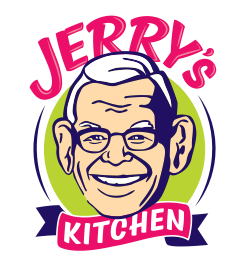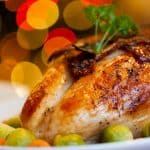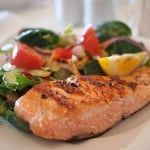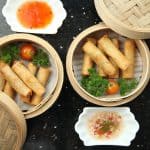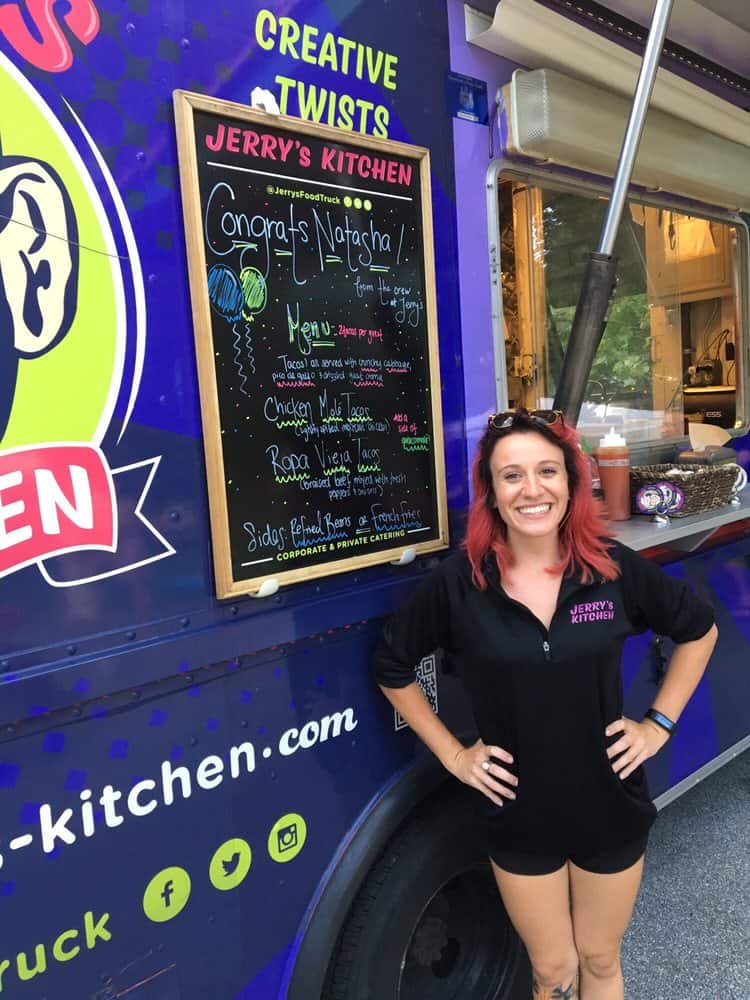Mastering the Grill: Direct vs. Indirect Heat
The most effective grill cooks are familiar with the difference between direct and indirect heat. The difference—and how to use that difference—has a big impact on how your food looks and tastes.
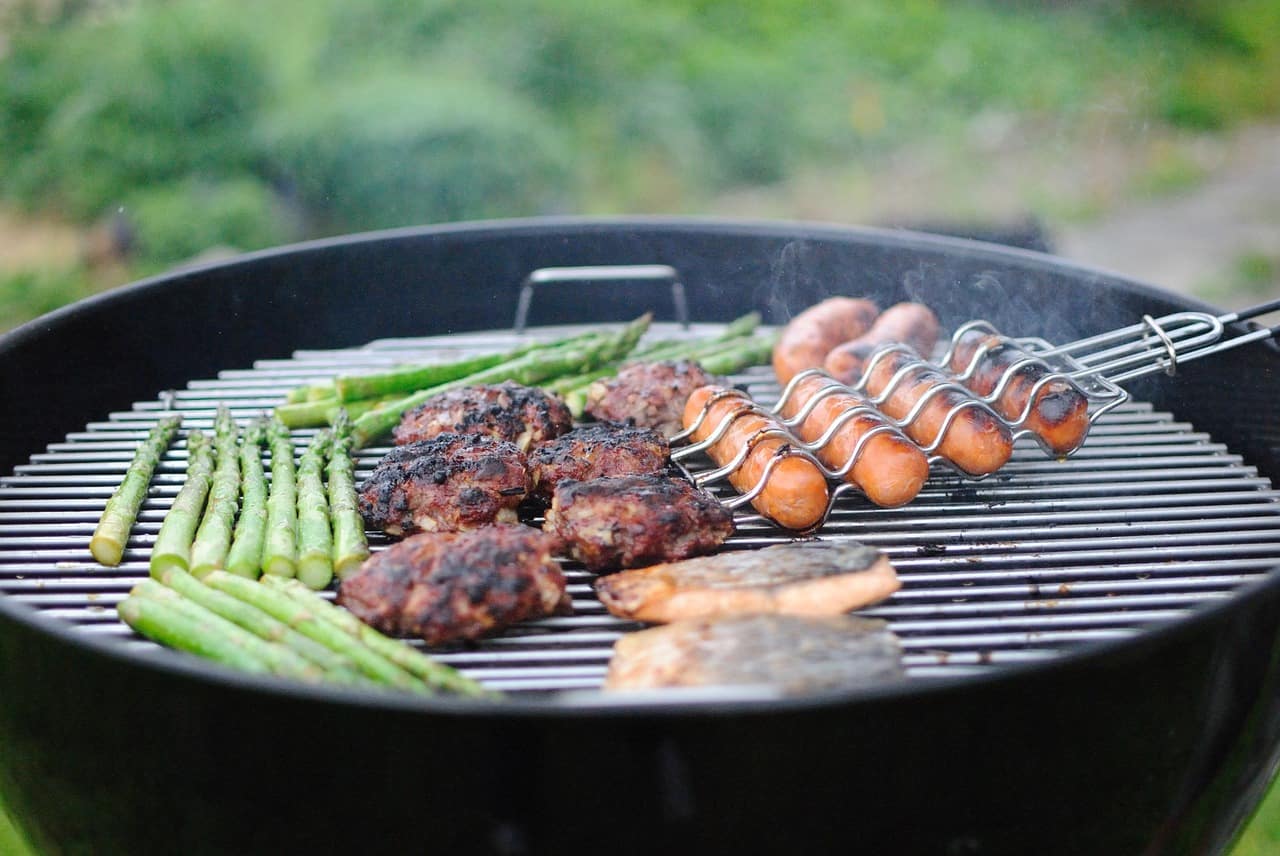
What is the Difference?
Direct and indirect heat refers to where food is placed on the grill. Direct heat means food has close contact with the heat source (charcoal, gas, or wood), cooking right over it. Indirect heat refers to less immediate contact with the heat source, so, for instance, cooking adjacent to it.
With direct heat, food cooks faster (sometimes too fast), and leaves grill marks. Indirect heat cooks food more slowly and equally, inside and out. Many of us use a combination of the two, direct heat for searing, followed by indirect heat for fuller cooking.
Direct Heat
When we talk of grilling, we tend to mean direct heat: cooking food directly over fire, just as our human ancestors did. This high heat method is wonderful for cooking small or thin foods, like burgers and hot dogs, steaks, chicken breasts, fish fillets, shrimp, and vegetables. Direct heat will also leave crisp exteriors.
Setting up a direct heat grill zone is what we all do naturally. With a charcoal grill, you spread the coals out, while on a gas grill you can light one or more burners. For cooking small quantities of food, this simple method is sufficient.
If you want more heat control because you are cooking different food items, or have larger quantities of food, you should build multiple heat zones: hot, medium, and cool. This requires you to move the coals into three different zones (heavy, light, none), so they project different heat levels. For a gas grill, set one burner on high while the other burner(s) can be on medium or less. The warming rack can be your cool zone.
Indirect Heat
Indirect heat is best for larger or tougher foods, which would burn from direct heat. It’s ideal for large pieces of meat, like a whole chicken, or tough cuts of meat, like brisket, which require long and slow cooking at low or moderate heat. The gradual pace and moderate temperature of indirect heat enables the introduction of additional flavors, like wood smoke. The grill is mostly closed, making it akin to an oven.
For indirect grilling on a charcoal grill, rake the hot coals into two piles on either side (if you are using wood chips, place them on these coal piles). In the center, between the mounds of embers, place drip pan.
Cook the meat in the center, over the drip pan. Cover the grill and adjust the vents for the right temperature (325-350 degrees). Add fresh coals as needed, usually after an hour, and wait until they light before covering the grill again.
On a gas grill with two burners, light one side and cook the food on the other. With three or more burners, light the outside burners and cook in the center. Adjust burners to maintain proper heat.
If you want some additional grilling tips, you might ask your Philadelphia food trucks about the heat that we use—we need to be experts at managing these two different kinds of heat to create our delicious food.
Source
Thekitchn.com
Steven Raichlen’s Barbecue Bible
